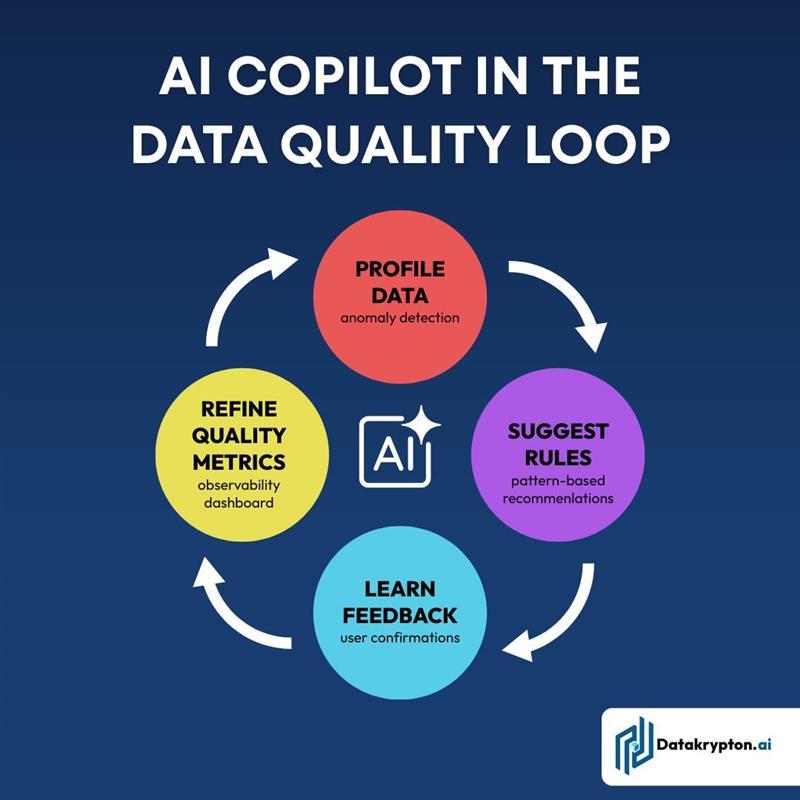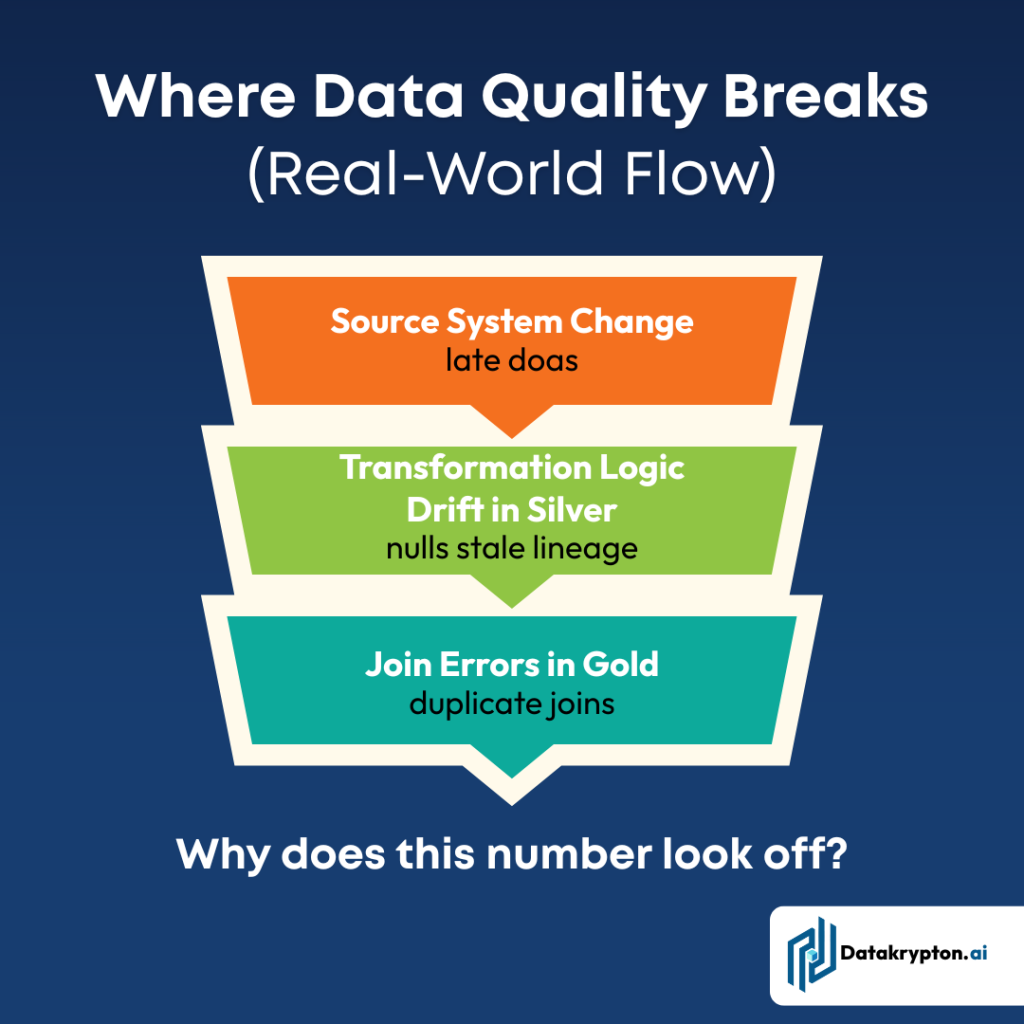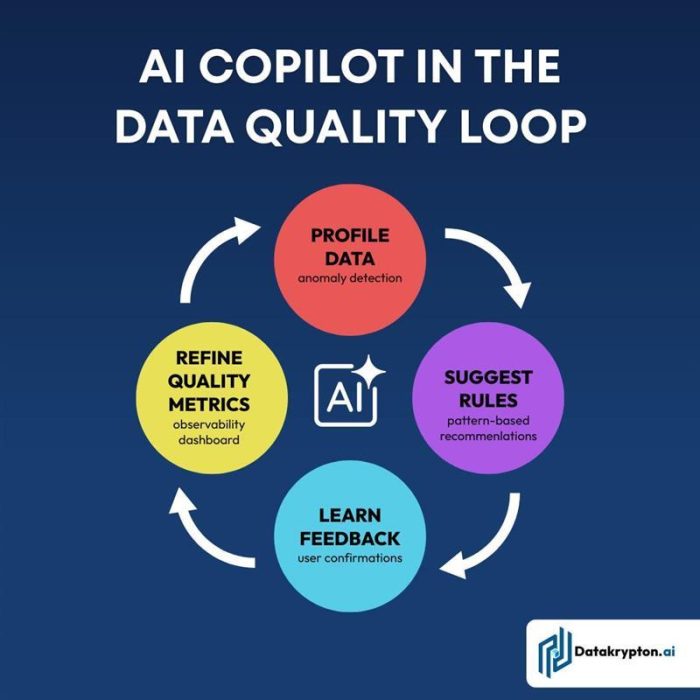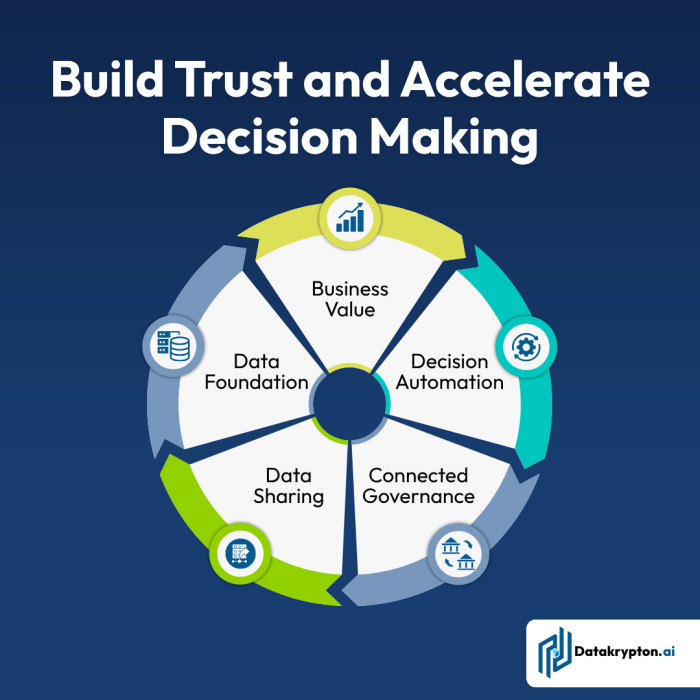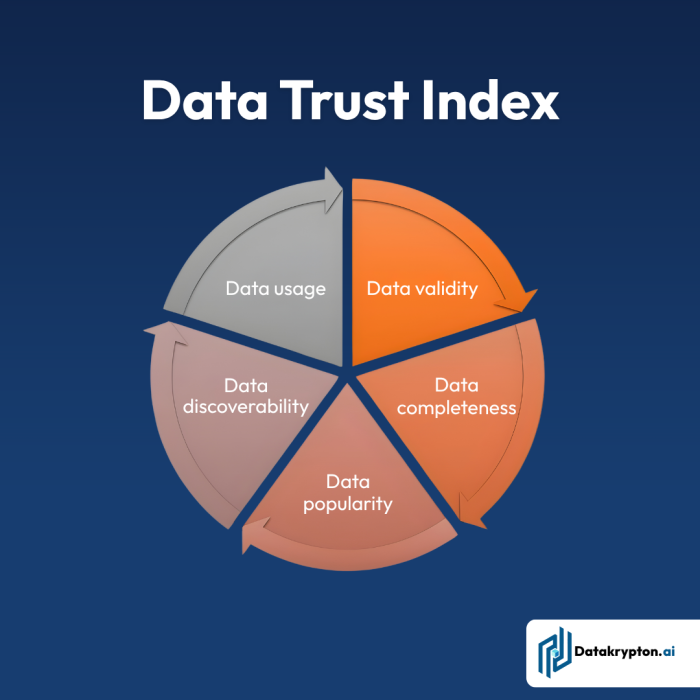That single question can send teams spiraling into endless joins, null checks, and version mismatches. But the real issue isn’t the number it’s the system beneath it.
Data quality isn’t an emergency task. It’s a proactive practice that must be designed, embedded, and constantly reinforced inside your workflows.

